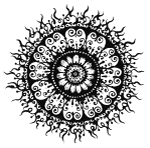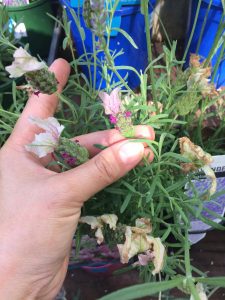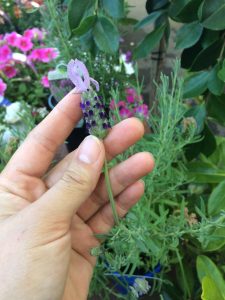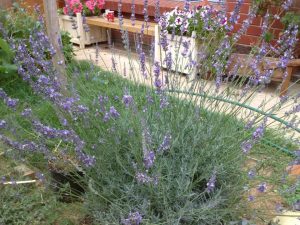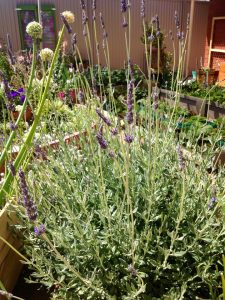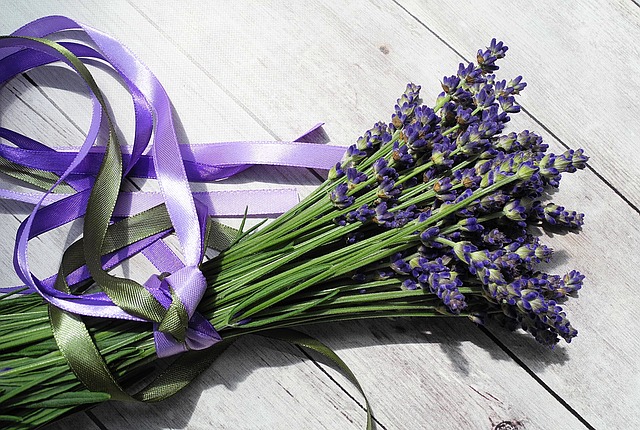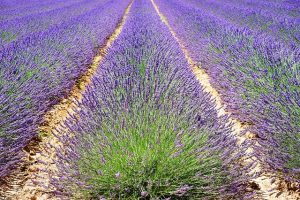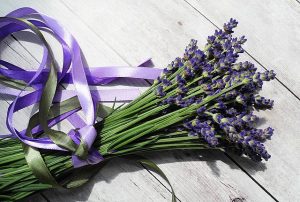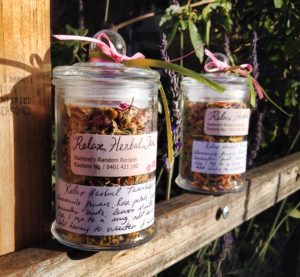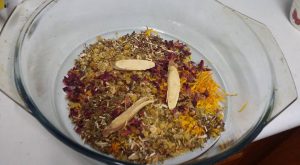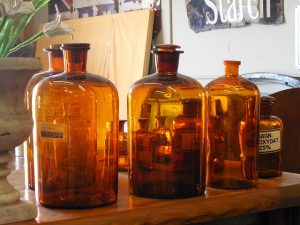A little bit of stress can be good for you – it helps you focus, get jobs done, multitask, stay organised, and so on. It can be similar to being in your “zone” of achievement – you feel accomplished, you get the rush of “happy hormones” (serotonin and dopamine), and if you post it up on Facebook, you get friends and family telling you how awesome you are to be able to do all those things. That “busy-ness” trap.
But it doesn’t take much for the busy-ness to become a self-perpetuating cycle that can leave you feeling overwhelmed. And it is hard to tell when those little bits of stress become stress overload, and chronic stress. Chronic stress fills your body with “stress hormones” of cortisol and adrenaline, which in turn has effects on our sleep, mood regulation, hormonal regulation, digestion, immune system, mental function, mental health… every body system is affected by chronic stress.
Let’s be honest – it didn’t take your body a short period of time to get into that chronic fight-flight state of being. Maybe you can’t even remember when your body was ever not stressed (here is a hint – if you find you cannot sit down to “rest” for a few minutes without feeling guilty, stress has been a long-time companion).
It can take some time to re-train your mind, body and emotions to shift from continuous fight-flight states to more rest-and-digest states, and here is a list of “1-minute Stress Busters” to help you get started:
- Breath
Yes, I know this is a no-brainer, but because we don’t tend to give thought to our breathing, it is very easy for our body to fall into a permanent state of shallow-breathing. Shallow-breathing is a stress response. Consciously controlling your breathing, in particular, elongating your exhalations, sparks your parasympathetic nervous system, which slows down your heart rate.
My favourite breathing sequence is 6-2-4 = inhale for 4 counts, hold for 2 counts, exhale for 6 counts. See how few you can do in 1 minute. - Visualise

While visualising giving that annoying person the bird is tempting, visualising calm scenery is probably better for your nervous system. It’s why there is a market for guided relaxation recordings. So go to your happy place in your mind, with or without the help of a guided relaxation recording. Even better if you have a photo of a calm scenery you can use, and best if its a photo of a place you have been to which can trigger your own good, happy, calm memories. - Savour
Like visualising, savouring engages the imagination, but is geared towards pleasure. There are three forms of savouring – anticipatory savouring, which means looking forward and imagining a pleasurable experience to come; savouring moment, which means fully savouring and engaging in the pleasurable moment and making it last as long as possible (a minute is a lovely long time in this activity!); and reminiscing savouring, meaning looking backwards and enjoying the memory recall of a pleasurable activity. - Cross your Midline
This refers to any physical activity that allows your limbs to cross the middle of your body repetitively, which engages large areas of both brain hemispheres simultaneously. This helps you process when you are feeling overwhelmed by too much information, emotion or stress. Cross-crawl activities (see here for an example), the Butterfly Hug which was developed for desensitisation in trauma processing (video), some yoga poses, even simply crossing your arms or legs across your body can help reduce the experience of physical pain. - Hugging
Hugging involves touch and relating with others, which can stimulate a flood of dopamine, relieving stress. Even hugging yourself can relieve stress, as it is part of self-compassion, and the activity crosses your midline. - Yoga poses
Some yoga poses are specifically aimed at relaxing and calming the mind and body, others help to stretch and release the muscles, some are activities to cross your midline – each can be done for a minute to help relieve stress. The cat-cow pose, downward dog, child’s pose, and the corpse pose to name a few. - Noticing
This is when you engage each of your senses systematically – sight, smell, taste, touch, hearing. For example, setting yourself a task to see 3 red items, smell 3 scents, taste 3 flavours, touch 3 different textures, hear 3 different sounds. This helps your brain disengage from mental stress (worrying, panic thoughts, etc). - Sensory immersion
Following on from above, you can also select just one sense to immerse yourself in for one full minute. For example, placing an essential oil on a tissue or handkerchief, and inhaling deeply for a minute. Or peeling an orange and inhaling the essential oils released. Or squeezing a wedge of lemon into a glass of water (or gin, maybe?) and noticing the scent. Holding a piece of ice in your hand for as long as possible. - Warming your hands
Similar to sensory immersion above, warming your fingers and hands can relieve stress through noticing the sensation of heat. Biologically, it can help shift the fight-flight state to the rest-and-digest state. When we are in the fight-flight state, blood goes to the large muscles of our body, prepping us to run or fight. By reversing the blood-flow to our hands and fingertips, we engage the parasympathetic (rest-and-digest) nervous system. Combine this with a hot drink that is nourishing, and we can build on the calm.
- Eat (or drink) chocolate
A Johns Hopkins University study found that the taste of sweetness on your tongue causes a surge of feel-good endorphins. Also, dark chocolate contains compounds called flavonoids that also affect mood – according to a 2010 study published in the Journal of Psychopharmacology, cocoa flavonoids improved both mental acuity and attitude. Dark chocolate also contain high amounts of magnesium, a mineral essential for managing stress. Additionally, in a 2009 study by the American Chemical Society, eating a mere 1.4 ounces of dark chocolate daily lowered stress hormone levels (more info on chocolate). The key is to limit yourself to just a few bites, since the sugar in chocolate can cause a crash later, plus binging can cause a range of other issues too. And if you drink a hot chocolate, you combine it with strategy number 9 above. - Pet an animal
There is a reason why animal-assisted therapy is a growing modality for helping medical and behavioural issues in children, educational and motivational purposes in aged care, prisons and mental institutions, to helping war veterans recover from PTSD. According to Wilson’s (1984) biophilia hypothesis, our attachment to and interest in animals stems from the strong possibility that human survival was partly dependent on signals from animals in the environment indicating safety or threat. The biophilia hypothesis suggests that now, if we see animals at rest or in a peaceful state, this may signal to us safety, security and feelings of well-being which in turn may trigger a state where personal change and healing are possible. So, have a good cuddle-fest with your furbaby to trigger the rest-digest (and heal) state. - Pick flowers
This follows on from the biophilia hypothesis above. The term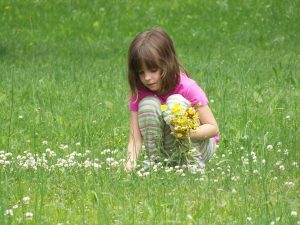 “biophilia” means “love of life or living systems”, so not just animals, but also plants and trees, etc. It explains why we keep plants and flowers in and around our homes. Very often, flowers also indicate potential for food later. Most fruits start their development as flowers. For our ancestors, it was crucial to spot, detect and remember the plants that would later provide nutrition. So get out into your garden and pick a bunch of flowers and foliage – gathering greens for food is a biological instinct, signaling eating, nourishment, comfort and rest.
“biophilia” means “love of life or living systems”, so not just animals, but also plants and trees, etc. It explains why we keep plants and flowers in and around our homes. Very often, flowers also indicate potential for food later. Most fruits start their development as flowers. For our ancestors, it was crucial to spot, detect and remember the plants that would later provide nutrition. So get out into your garden and pick a bunch of flowers and foliage – gathering greens for food is a biological instinct, signaling eating, nourishment, comfort and rest. - Brain dump
Set a timer for 1 minute, and write down on a paper what you are feeling at the moment, or all the stuff running through your head in that moment. Then ritually discard that paper – whether burning, burying or shredding. This is different to writing out a to-do list, in that this one is aimed at cathartic relief of emotional stress around a person or situation. - Declutter
You don’t have to declutter the whole house or even a room, so don’t panic! What you can declutter in a minute is your recent photos on your phone (just today I deleted 100 selfies and 10 videos my 4-year-old took this morning!), your email inbox, newsletters you are subscribed to, your Facebook pages or friends list, your working desk… letting go of “stuff”, even non-physical stuff, helps calm the overwhelm. - Do something else
I like this one especially when I get triggered by something my husband says and start engaging in an argument. Embarrassingly, it started with our 4 year-old daughter telling either of us to go do something else, but I’m glad I’m able to recognise and accept wisdom no matter how young the teacher! So now when I get triggered (and was already stressed anyway), I either tell hubby to go do something else instead of continuing to say stuff that seems to trigger me more, or I take myself away when I realise I’m yelling. - Step outside of the environment
Like doing something else, this gets you out of the immediate, stressful moment. By physically removing yourself, and stepping into a calmer environment, you can calm your sympathetic nervous system down. Best is if you have your own sacred space to go to where you have spent time there cultivating calm. Example, your meditation space, your garden, your reading or knitting nook; my favourite sacred space is of course my clinic – instant calm whenever I step into this space. - Music
Music is another good one to shift the environment, and also engages the hearing sense. So pop on your favourite stress-relieving music – a calming piano piece, or a rousing dancing tune – whichever works for you to help shift your internal state. - Grounding in dirt
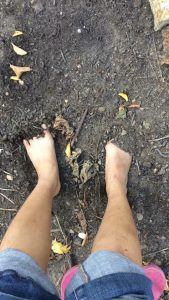
In the esoteric world, talk about “grounding your energies” is a common term, with recommendations to go out in Nature and connect with Mother Earth, getting more negative ions into your body and removing positive ions (negative ions are what is available in nature spaces – oceans, beaches, forests – and refers to the charge; positive ions are linked with stress and electronics). However, there is scientific research that shows soil bacteria present in dirt, Mycobacterium vaccae, helps increase serotonin levels, which in turn reduces stress, and supports the immune system. So grounding is literally getting into fresh dirt, so get out into your garden and stick your feet and hands into fresh soil for a minute for some lovely M. vaccae! - Magnesium
Magnesium is a mineral that helps with all cellular function in the body, hormonal and neurotransmitter regulation, uptake of other minerals, muscle repair and relaxation, stress relief, sleep support, and so much more (if you are new to magnesium, have a read of this). With modern-day living and all the stressors, plus magnesium-deficiency in soil and plants with modern farming practices, it is safe to say we can all benefit from oral or topical supplementation of magnesium! So rub it on, spray it on, or roll it on – it won’t take more than a minute! (Here is the link to my magnesium products). - Let that jaw drop
Relaxing your tongue and jaw sends a message to your brain stem and limbic system to turn off the stress hormones adrenaline and cortisol. Simply let your tongue go limp in your mouth, and then open your mouth slightly, which will instantly loosen up your jaw. These exercises help bring our parasympathetic nervous system online, which tells our bodies to rest and restore. - Smile
It is hard to smile when we are stressed out, yet research tells us smiling reduces stress and helps the heart. When I read that, I think of a grinning rictus and hear the words “fake it till you make it”…
Seriously though, a genuine smile, whether at a stranger or a loved one, connects, and that connection helps us feel a little less alone in our stress. A “sad smile”, a little Mona Lisa-type smile, or a wide Julia Roberts smile – each can bring connection, and connection helps calm our nervous system. - Humour
Anecdotally and intuitively, we know humour relieves stress. Gallows humour and black comedy shows the interplay of adverse situations, stress, and humour and laughter as stress relief. The psychological research is inconclusive, but I feel it is when humour and laughter is used as a way to connect, and helps the sense that we are in the situation together, do they help relieve stress. We women know this – when we complain about our husband or children, we don’t want a solution, we just want to be heard and seen, and somehow what we are complaining about turns into a source of humour rather than stress (like the time my husband suggested I was ignoring my family with my hobby of reading. I was about ready to hit him at the time, but it started becoming funny after telling it to others a couple of times).
So there you go, a list of 1-minute strategies we can use to relief stress, and shut down that fight-flight instinct. These are small steps to help alleviate chronic stress, but how effective they are depends on how stressed we have been for how long. The more stressed we are, the harder it is to see the humour in any situation, so we may need more than a reminder list like this. Chronic stress, where fight-flight is a dominant response to any trigger, big or small, benefits from additional help. So seeing a therapist will help with deep-set chronic stress, even just for having another person mirror what neurological and physiological calm looks like.
If you’d like to discuss with me whether psychospiritual counselling will help you with working through chronic stress, contact me through the website or via my Facebook page.
